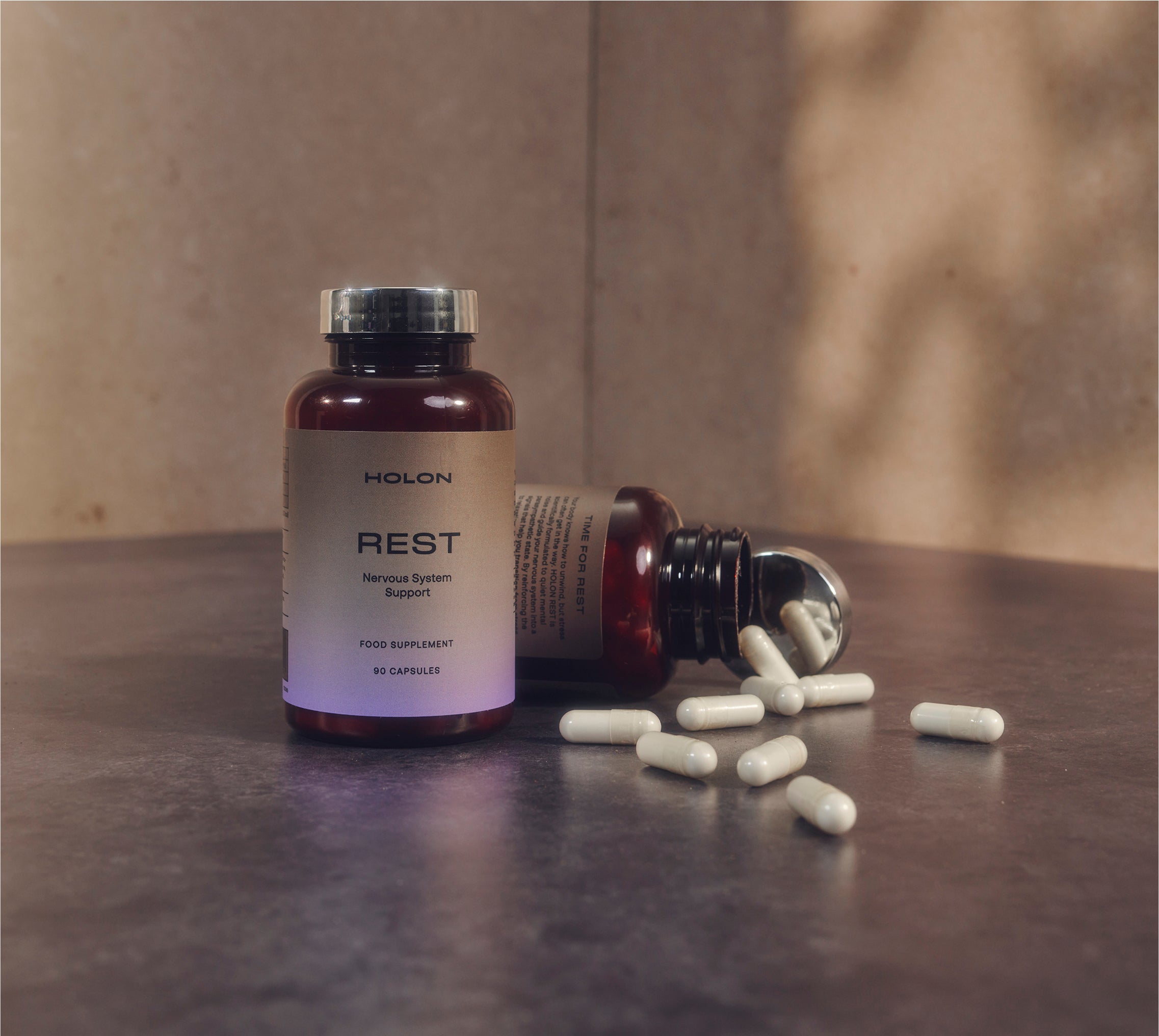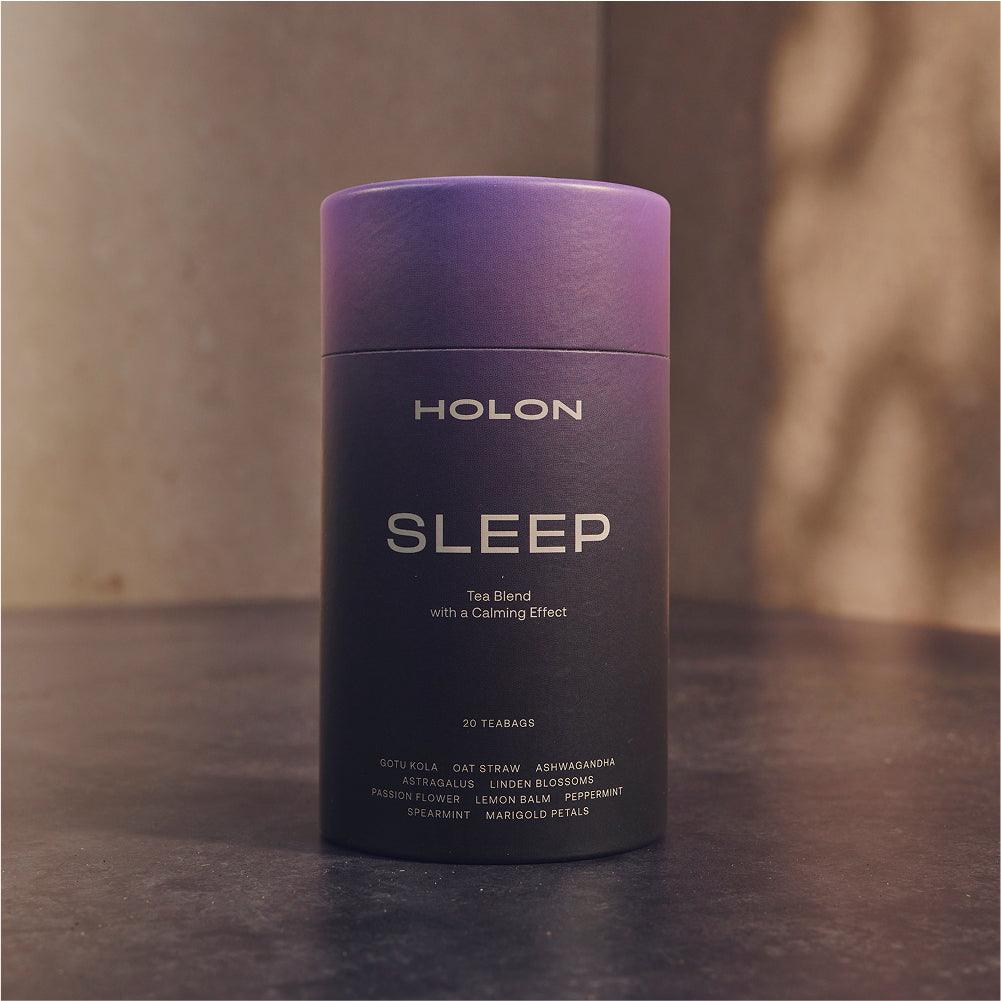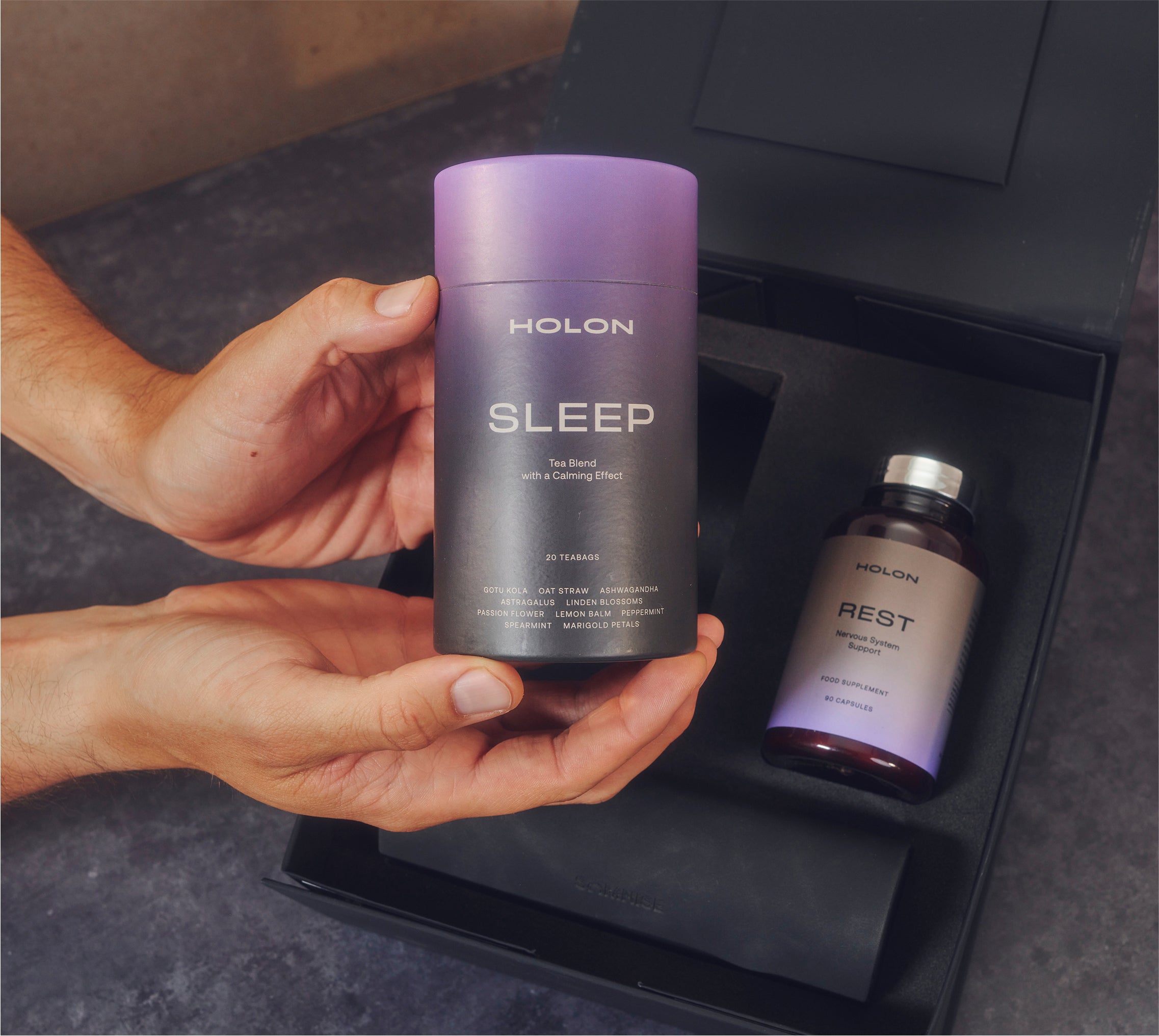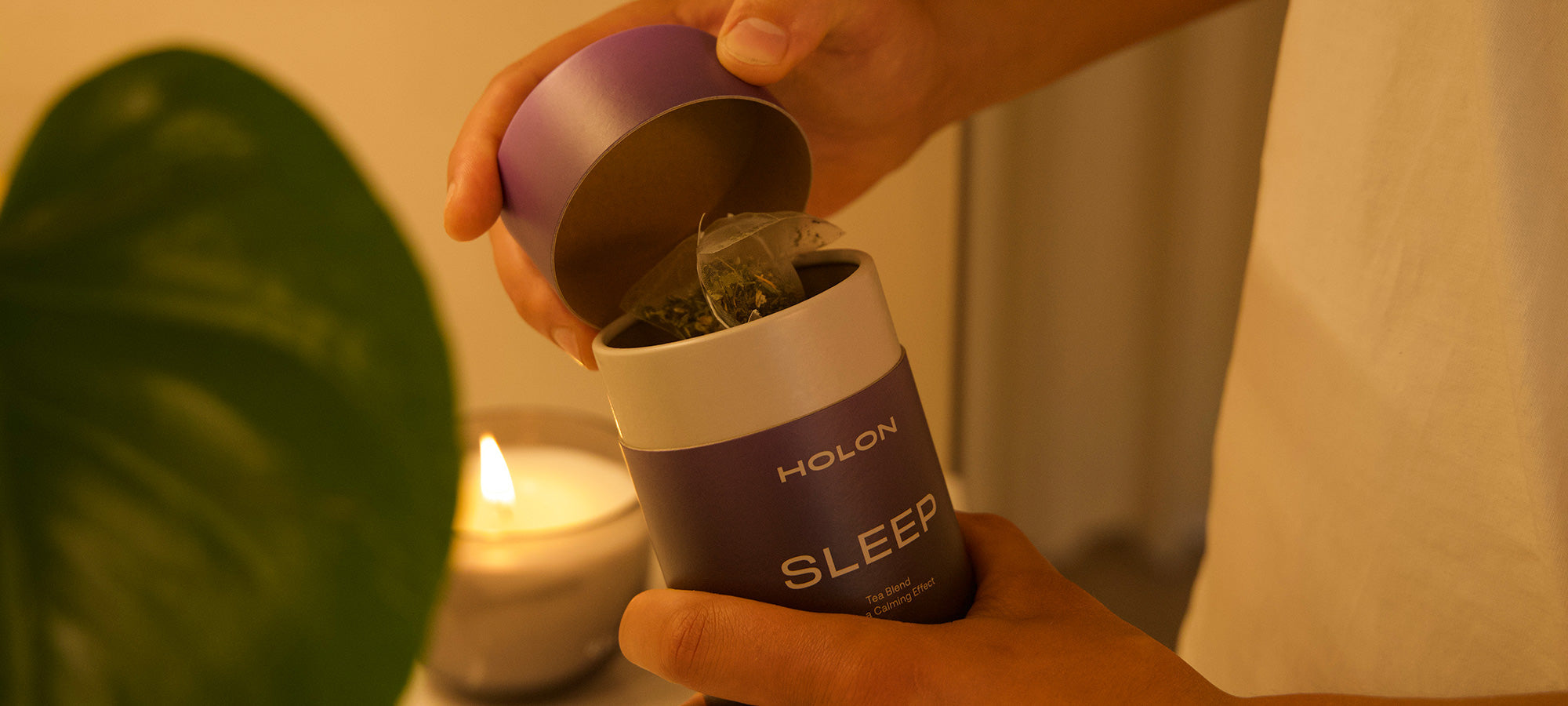When researchers and clinicians need to measure how well someone is sleeping, they turn to a tool that's been the gold standard for nearly four decades: the Pittsburgh Sleep Quality Index, or PSQI. If you're exploring sleep products or trying to understand your own sleep quality, knowing about this assessment tool can provide valuable context for why sleep matters and how it's measured.
What is the Pittsburgh Sleep Quality Index?
The Pittsburgh Sleep Quality Index is a self-rated questionnaire designed to measure sleep quality over a one-month period. Developed in 1989 by psychiatrist Dr. Daniel Buysse and his colleagues at the University of Pittsburgh, the PSQI consists of 19 individual questions that evaluate seven different components of sleep:
- Subjective sleep quality – How you rate your own sleep
- Sleep latency – How long it takes you to fall asleep
- Sleep duration – The total hours you actually sleep
- Sleep efficiency – The percentage of time in bed actually spent sleeping
- Sleep disturbances – Issues like waking up during the night or needing to use the bathroom
- Use of sleep medication – Whether you need medication to help you sleep
- Daytime dysfunction – Trouble staying awake or maintaining enthusiasm during daily activities
Each component is scored from 0 to 3, and the seven scores are added together to produce a global score ranging from 0 to 21. A score greater than 5 indicates poor sleep quality, with higher scores reflecting worse sleep.
Why is the Pittsburgh Sleep Quality Index Used?
The PSQI has become one of the most widely used sleep assessment tools in both clinical practice and research for several compelling reasons:
It's comprehensive yet practical. Unlike sleep studies that require expensive laboratory equipment, the PSQI can be completed at home in about five to ten minutes. Despite its simplicity, it captures multiple dimensions of sleep rather than focusing on just one aspect.
It's validated and reliable. Extensive research has demonstrated that the PSQI consistently measures what it claims to measure across different populations, languages, and cultures. It's been translated into dozens of languages and validated in countless studies worldwide.
It bridges subjective experience with measurable outcomes. The PSQI recognizes that how you feel about your sleep is just as important as objective metrics. It combines your personal assessment with quantifiable factors like sleep duration and efficiency.
It's sensitive to change. Healthcare providers and researchers use the PSQI to track improvements in sleep quality over time, making it valuable for evaluating the effectiveness of treatments, interventions, or sleep products.
What is the Story Behind the Pittsburgh Sleep Quality Index?
The late 1980s marked an important turning point in sleep medicine. While researchers understood that poor sleep was linked to various health problems, they lacked a standardised, accessible way to measure sleep quality in clinical settings and research studies.
Dr. Daniel Buysse and his team at the University of Pittsburgh Medical Center recognised this gap. They noticed that existing tools either focused too narrowly on single aspects of sleep or required complex laboratory testing that wasn't practical for most clinical or research applications. They set out to create something different: a tool that could capture the multifaceted nature of sleep while remaining simple enough for widespread use.
The research team carefully studied sleep patterns in both healthy individuals and those with sleep disorders. They identified the key components that distinguished good sleepers from poor sleepers and developed questions that could reliably capture these differences. After rigorous testing and validation, they published the PSQI in 1989 in the journal Psychiatry Research.
What began as a tool primarily for psychiatric research quickly gained traction across multiple medical disciplines. Today, the PSQI has been cited in thousands of research papers and is used in studies examining everything from chronic pain and cardiovascular disease to cancer treatment and aging.
Why Does the Pittsburgh Sleep Quality Index Matter?
Understanding the PSQI matters because it represents a fundamental shift in how we think about and measure sleep. Here's why it continues to be relevant:
It validates sleep as a health priority. By providing a systematic way to measure sleep quality, the PSQI helped elevate sleep from an afterthought to a recognised pillar of health, alongside nutrition and exercise.
It empowers individuals. The PSQI framework helps people understand that good sleep isn't just about quantity—it's about quality, consistency, and how sleep affects your daytime functioning. This insight can guide better sleep habits and informed decisions about sleep products or interventions.
It drives innovation. Companies developing sleep products, like Holon, can use PSQI scores to demonstrate the real-world impact of their solutions. Rather than making vague claims about "better rest," products can be evaluated against a standardised, scientifically validated measure.
It informs treatment decisions. Healthcare providers use PSQI scores to identify patients who need sleep interventions and to monitor whether treatments are working. A change in PSQI score provides concrete evidence of improvement or the need to try a different approach.
It reveals connections between sleep and health. Research using the PSQI has helped establish links between poor sleep quality and conditions like depression, anxiety, chronic pain, and cardiovascular disease. These connections have reshaped how we approach holistic health care.
For anyone invested in sleep health—whether you're developing products, seeking solutions for your own sleep challenges, or simply curious about this fundamental aspect of well-being—the Pittsburgh Sleep Quality Index provides a valuable framework. It reminds us that quality sleep involves multiple factors working in harmony, and that improving sleep means addressing each component thoughtfully and systematically.









